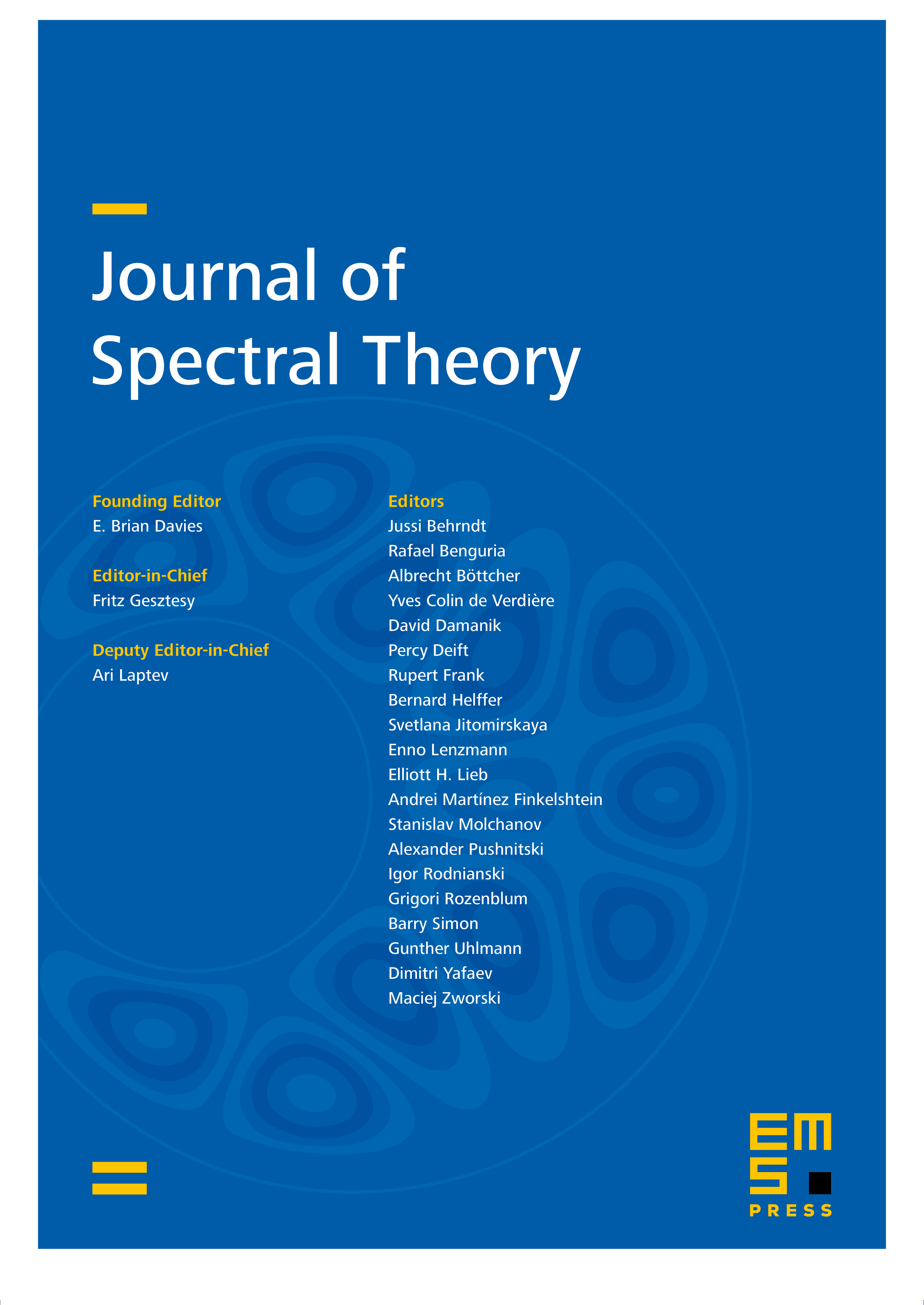On spectral inclusion sets and computing the spectra and pseudospectra of bounded linear operators
Simon Chandler-Wilde
University of Reading, Reading, UKRatchanikorn Chonchaiya
King Mongkut’s University of Technology Thonburi, Bangkok, ThailandMarko Lindner
TU Hamburg (TUHH), Hamburg, Germany

Abstract
In this paper, we derive novel families of inclusion sets for the spectra and pseudospectra of large classes of bounded linear operators, and establish convergence of particular sequences of these inclusion sets to the spectrum or pseudospectrum, as appropriate. Our results apply, in particular, to bounded linear operators on a separable Hilbert space that, with respect to some orthonormal basis, have a representation as a bi-infinite matrix that is banded or band-dominated. More generally, our results apply in cases where the matrix entries themselves are bounded linear operators on some Banach space. In the scalar matrix entry case, we show that our methods, given the input information we assume, lead to a sequence of approximations to the spectrum, each element of which can be computed in finitely many arithmetic operations, so that, with our assumed inputs, the problem of determining the spectrum of a band-dominated operator has solvability complexity index one in the sense of Ben-Artzi et al. (2020). As a concrete and substantial application, we apply our methods to the determination of the spectra of non-self-adjoint bi-infinite tridiagonal matrices that are pseudoergodic in the sense of Davies [Commun. Math. Phys. 216 (2001), 687–704].
Cite this article
Simon Chandler-Wilde, Ratchanikorn Chonchaiya, Marko Lindner, On spectral inclusion sets and computing the spectra and pseudospectra of bounded linear operators. J. Spectr. Theory 14 (2024), no. 2, pp. 719–804
DOI 10.4171/JST/514